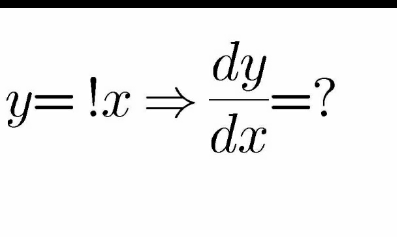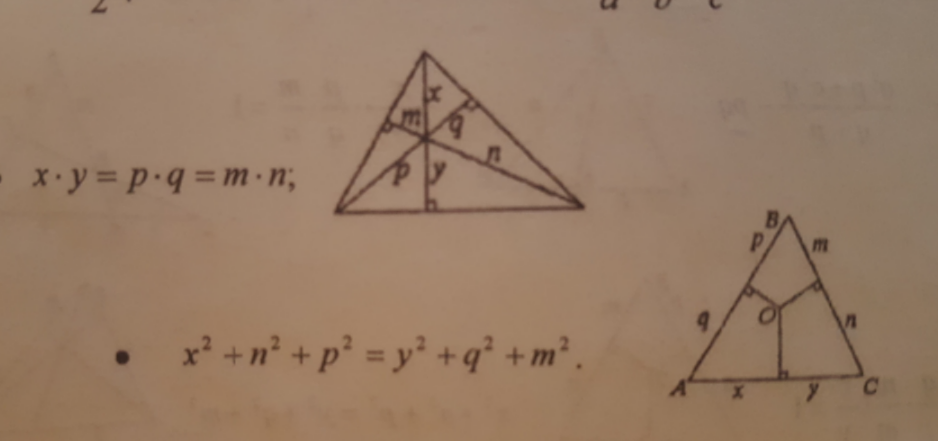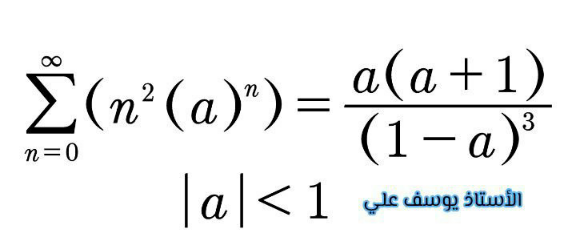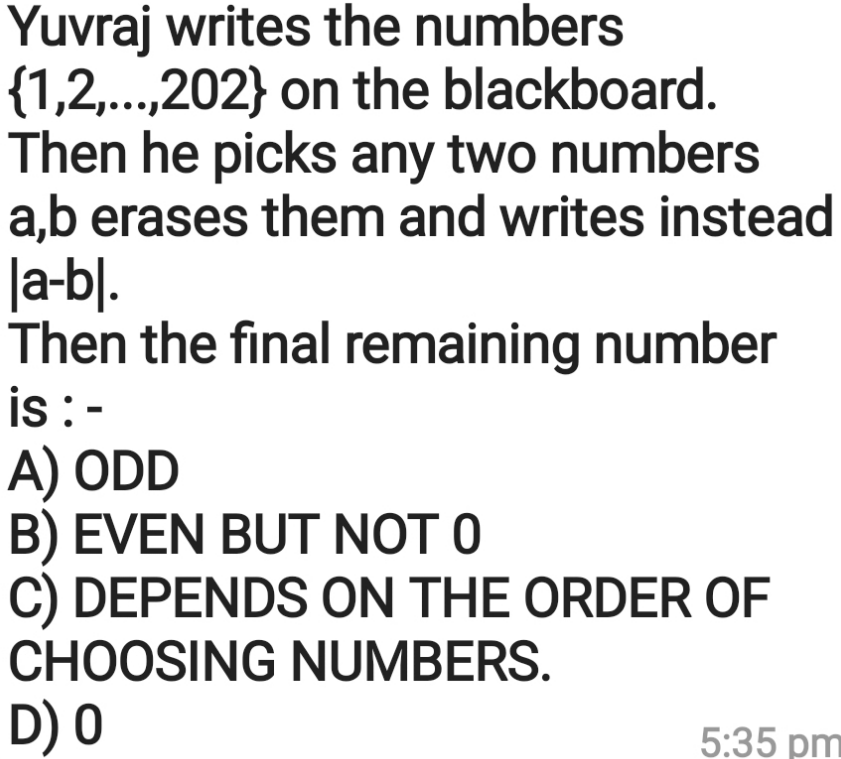
AllQuestion and Answers: Page 711
Question Number 147609 Answers: 0 Comments: 0

Question Number 147606 Answers: 0 Comments: 0
Question Number 147603 Answers: 1 Comments: 0

Question Number 147602 Answers: 1 Comments: 0

Question Number 147593 Answers: 2 Comments: 0

Question Number 147587 Answers: 1 Comments: 1

Question Number 147585 Answers: 1 Comments: 0

Question Number 147582 Answers: 1 Comments: 0
Question Number 147581 Answers: 1 Comments: 0
Question Number 147576 Answers: 1 Comments: 0
Question Number 147573 Answers: 0 Comments: 1

Question Number 147572 Answers: 2 Comments: 0
Question Number 147569 Answers: 1 Comments: 0
Question Number 147566 Answers: 1 Comments: 0
Question Number 147561 Answers: 1 Comments: 1

Question Number 147557 Answers: 2 Comments: 0
Question Number 147554 Answers: 1 Comments: 0
Question Number 147553 Answers: 1 Comments: 0

Question Number 147543 Answers: 2 Comments: 0
Question Number 147539 Answers: 2 Comments: 0
Question Number 147535 Answers: 1 Comments: 1

Question Number 147529 Answers: 3 Comments: 1
Question Number 147528 Answers: 0 Comments: 3
Question Number 147524 Answers: 0 Comments: 5

Question Number 147513 Answers: 1 Comments: 1

Question Number 147661 Answers: 1 Comments: 0
Pg 706 Pg 707 Pg 708 Pg 709 Pg 710 Pg 711 Pg 712 Pg 713 Pg 714 Pg 715
